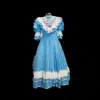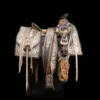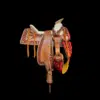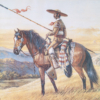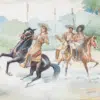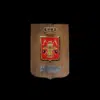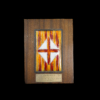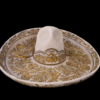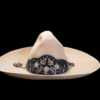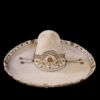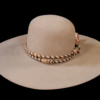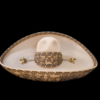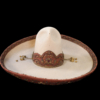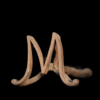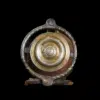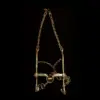LANZAS
The lances on display at the Museo de la Charrería are emblematic of the lanceros chinacos, skilled horsemen who mastered the art of spear combat in Mexico. This combat tool, which dates back to ancient times, allowed warriors to attack from a distance, keeping their opponents at bay and taking advantage of its length for greater efficiency on the battlefield.
Originating from a practical necessity in warfare and hunting, spears became distinctive weapons of the Chinese spearmen, who, as skilled horsemen, deftly wielded not only the spear, but also the machete and the lasso. These three fundamental tools allowed them to make precise and effective attacks, being especially useful in difficult terrain and during confrontations in which mobility and speed were crucial.
However, with the introduction of the firearm, spears began to lose relevance in combat. The ability of firearms to inflict damage at greater distances and with greater accuracy radically changed the nature of warfare, leading to the eventual disuse of spears.
In Mexico, this change can be traced to the period following the Mexican-American War (1846-1848). By the end of the 19th century, during and after the Porfiriato (1876-1911), rifles had largely replaced lances due to their superior effectiveness in combat situations. This period saw a significant modernization of the Mexican army, which included the adoption of more advanced firearms.
Despite this, the spears of the Chinese spearmen remain as testimony to an era in which skill, courage and strategy in the handling of these tools were fundamental in confrontations. These historical artifacts not only reflect the evolution of weapons and combat tactics, but also Mexico's rich warrior tradition and culture.
Illustrations by the editorial artist HELADIO VELARDE of "Chinacos Lanceros".


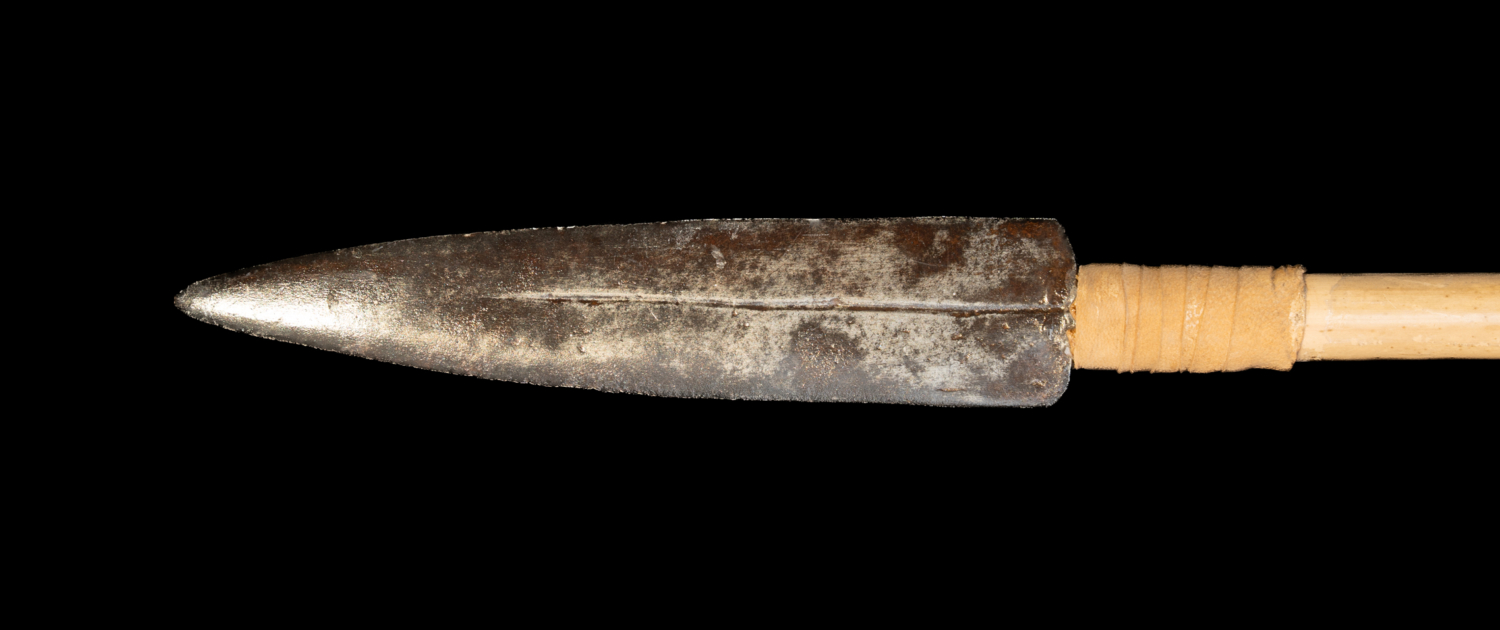
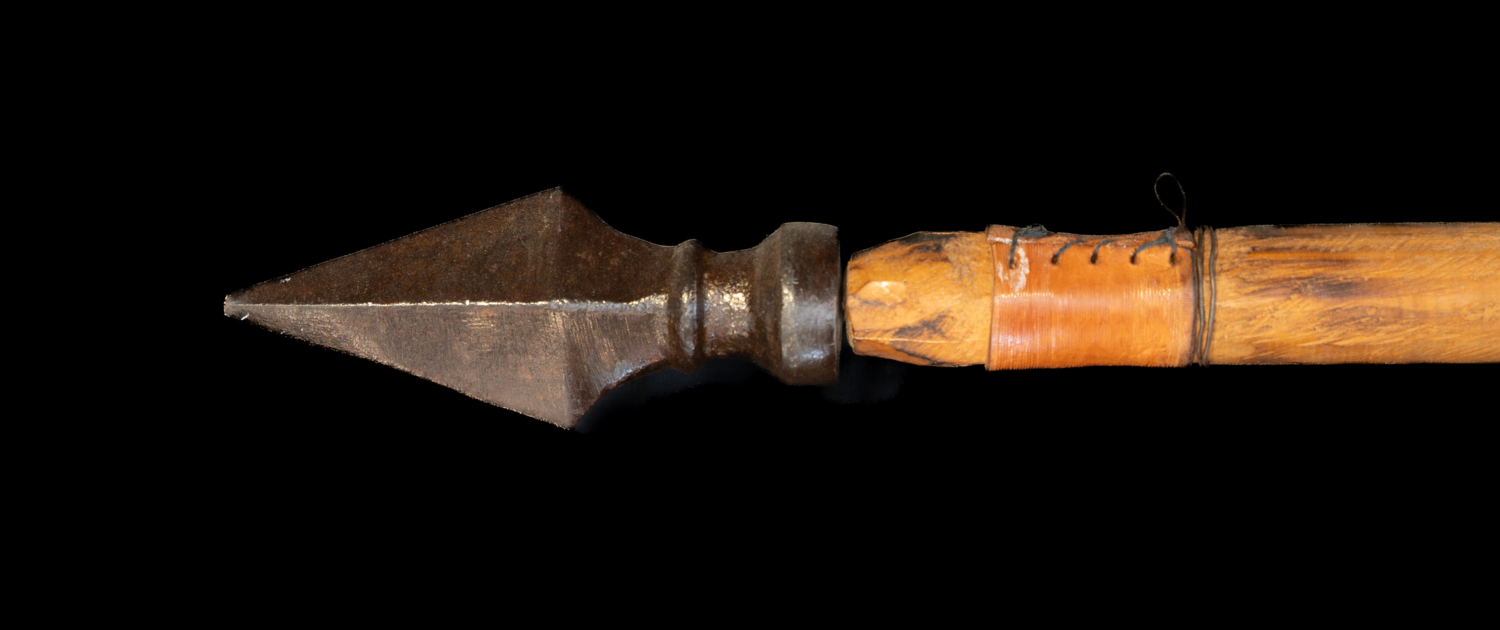


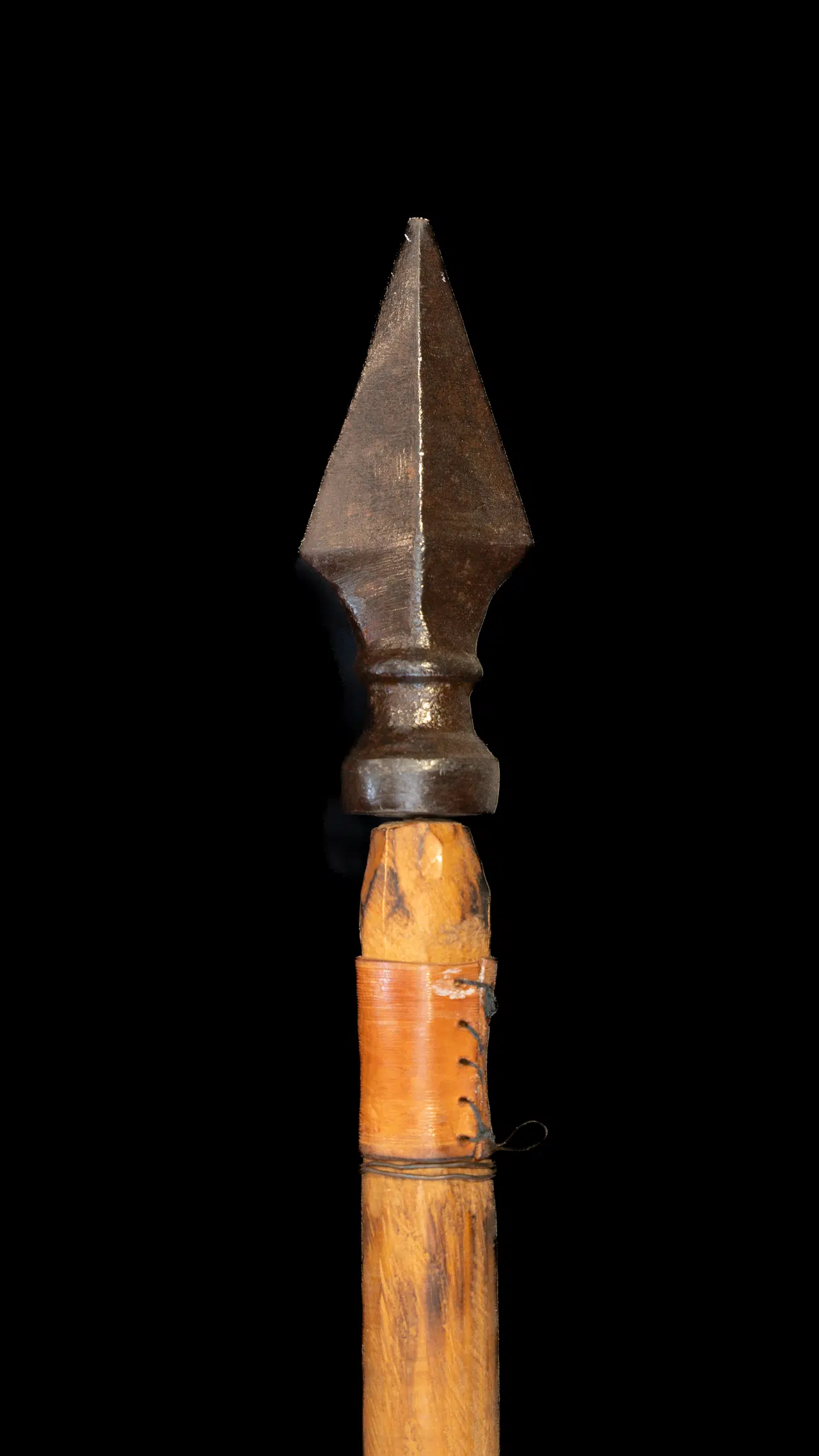
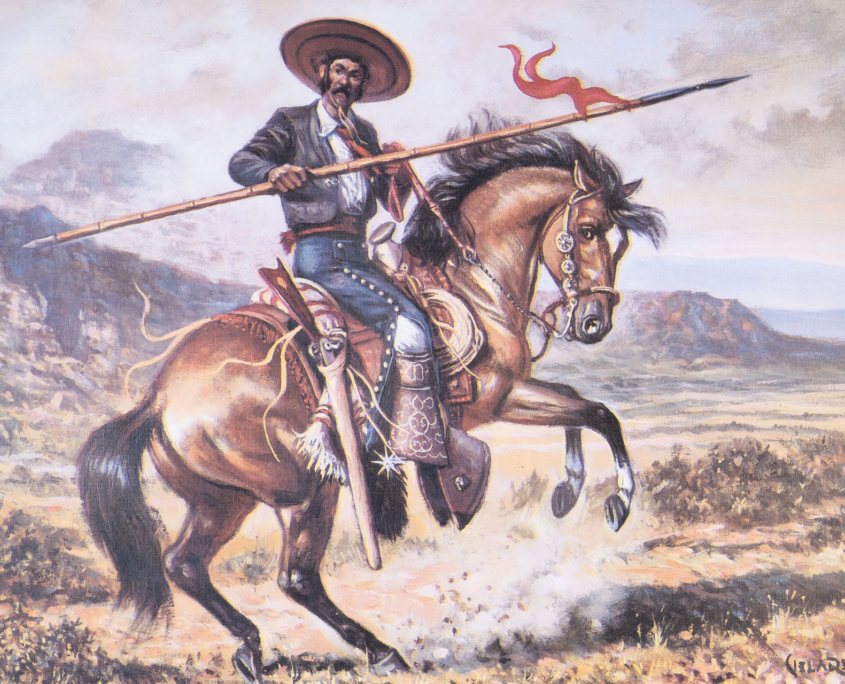

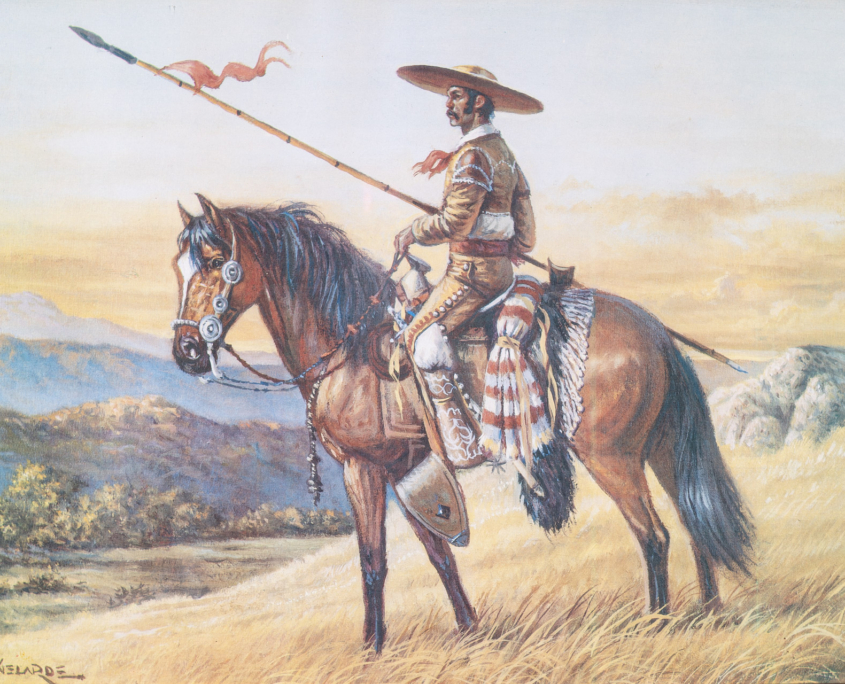
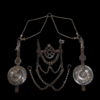
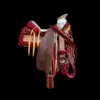
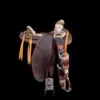
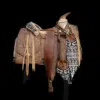
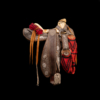
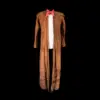

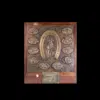
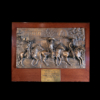
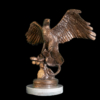
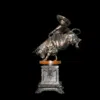

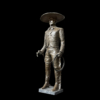
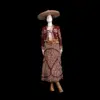
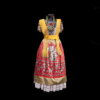

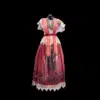 Antonio Gegundez
Antonio Gegundez